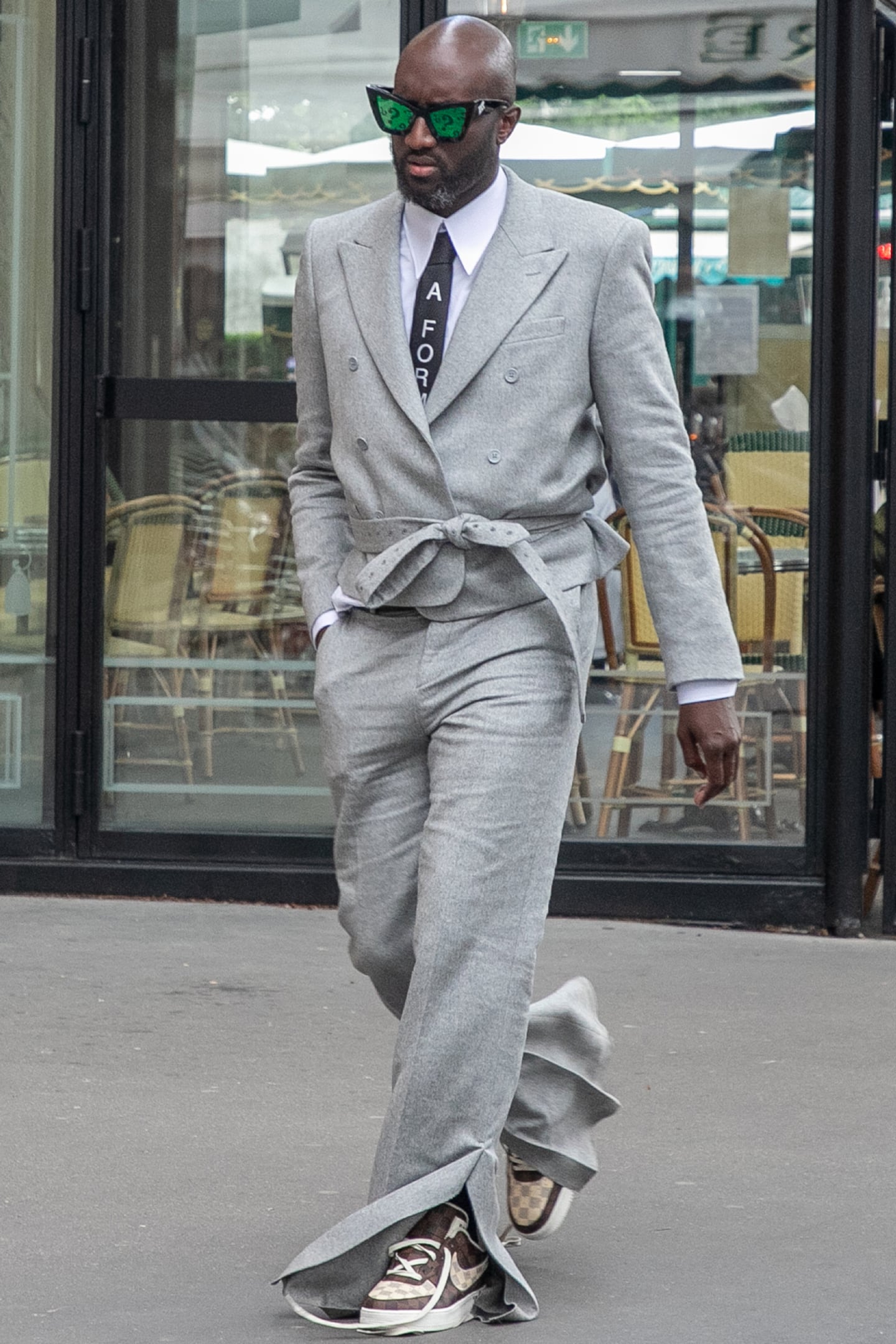
The Business of Fashion
Agenda-setting intelligence, analysis and advice for the global fashion community.

Agenda-setting intelligence, analysis and advice for the global fashion community.

The news of Virgil Abloh’s passing late this year sent seismic shockwaves across the world far beyond the fashion industry. Acres of Instagram posts memorialised Abloh as one of a kind, a culture shifter, a game changer, a Renaissance man. And indeed he was all of the above. But looking back at an interview I conducted with Abloh in April 2021, it is clear that his metier was far more than designer. He was a force for social change whose work included a blueprint for Black advancement so that others could follow in his footsteps.
“My career isn’t about my own achievements. It’s about the furtherment of my culture within fashion, and writing that in the history books,” he said. Abloh wanted Black people to “write our own history within our control” and saw enabling others as his most important work. “I’ve always been looking to build a bridge.”
Abloh’s focus was not always overtly on race, but he identified with the Black condition. “There’s an inherent pressure, an inherent frustration, a sadness about how difficult it is to exist within the prejudices,” he said. “There’s this huge conversation that’s happening right now about the obviousness that Black culture is at the epicentre of this big cultural movement within music, fashion and art, yet it’s often not credited,” he added, citing the multibillion-dollar sneaker market with its vibrant resale culture and the invention of hip-hop, “now the number one genre of music.”
For Abloh, at the centre of the movement was a kind of cultural remix, which he embraced in his own work. “There’s this synthesising of things — and so, in the same way, I applied my thoughts to my creations and tried to make the world an inclusive place.”
ADVERTISEMENT
Abloh was ultimately designing far more than products. He was designing a community. “It’s important that today’s young generation knows who they are, and I can offer a platform for them to be able to achieve that. I see a change in my lifetime if I can create change within my ecosystem and build community,” he explained.
Collaboration figured deeply in Abloh’s work. And though this approach was often the target of his critics, it was key to his sense of Black culture and the empowerment he aimed to enable.
“So where did the taboo of collaboration come from? It came from this idea that you invent, you’re an inventor, which means you control your mind. For us, it’s ancestral. We huddle around a community. Black culture isn’t just individuals. We were forced to band together. So our traditions, our way of gathering — that’s ancestral.”
Black culture isn’t just individuals. We were forced to band together. So our traditions, our way of gathering — that’s ancestral.
“I think of the things that could go on my headstone,” he mused eerily. “Things like: he obliterated — not literally but figuratively — the idea within our culture that collaboration is pejorative, that it’s a cop-out or something.”
“The way I collaborate is very important because my whole ambition is to uplift,” he explained. “You can collaborate and be dwarfed or be taken advantage of, but what I do is create conduits that are for freedom of expression. I feel that the true work ahead for my community is to keep striving to create places that give us a free platform to express ourselves without having to compromise our integrity and vision. We must keep asking the question: how do we get to the finish line without being edited or compromised or watered down? So I make open spaces. The creative is the client. There’s no editing.”
For Abloh, being the voice of a community was a personal decision that was not without its challenges. “I made the choice to be out in the middle of the street and try to progress, but there’s going to be moments that are difficult. But his mission was always about far more than himself. “You can tell I’m trying to crowd the space because I’d rather it not just be me; it’s like keep the door open, keep it cracked open and try to build a community. I’m not doing it for any sort of gold star.”
The LVMH-linked firm is betting its $545 million stake in the Italian shoemaker will yield the double-digit returns private equity typically seeks.
The Coach owner’s results will provide another opportunity to stick up for its acquisition of rival Capri. And the Met Gala will do its best to ignore the TikTok ban and labour strife at Conde Nast.
The former CFDA president sat down with BoF founder and editor-in-chief Imran Amed to discuss his remarkable life and career and how big business has changed the fashion industry.
Luxury brands need a broader pricing architecture that delivers meaningful value for all customers, writes Imran Amed.